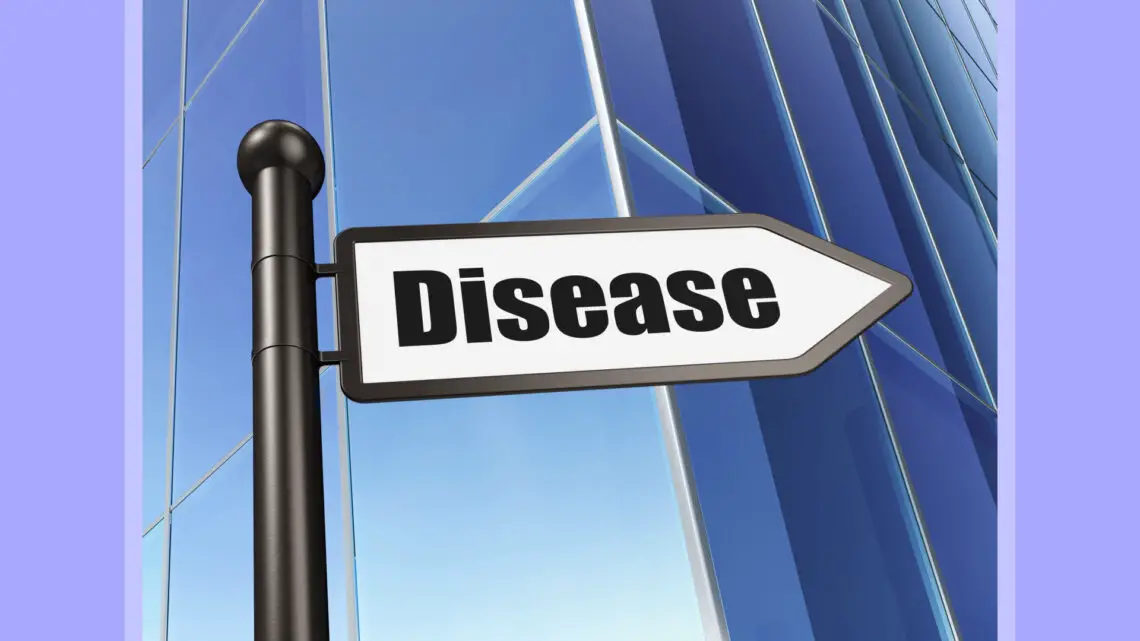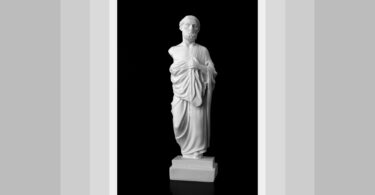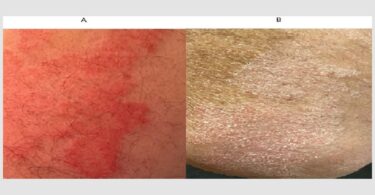Only for natural diseases has the beneficent Deity granted us, in Homoeopathy, the means of affording relief;
The best scope for a true cure is a NATURAL disease. Promise complete cure to a patient the moment, on investigation and case analysis, one perceives that the patient suffers from a natural development of disease. This is a training every homeopath can develop.
..but those devastations and maimings of the human organism exteriorly and interiorly, effected by years, frequently, of the unsparing exercise of a false art,1 with its hurtful drugs and treatment, must be remedied by the vital force itself…
Do we recognize cases that have deviated from NATURAL expression of disease? In other words, suppressed expression of disease or deviated expression of disease, due to ‘hurtful treatment’ would require healing from within. The vital force has to be at a place where it is capable of overcoming and healing.
(appropriate aid being given for the eradication of any chronic miasm that may happen to be lurking in the background)
More often than not, an antimiasmatic remedy is needed for hereditary miasmatic influences (cancer, tuberculosis, syphilis, gonorrhea, etc); indicating remedies Carcinosin, Tuberculinum, Syphilinum, Merc Sol, Thuja, Medorrhinum. Or a remedy for acquired miasmatic expression, the famous ‘never well since’ (eg. Past history of TB, Diphtheria, malaria, etc) indicating remedies like Tuberculinum, Diphtherinum, China, etc. Always, the MIASMATIC PICTURE has to be perceived while choosing a remedy.
… if it has not already been too much weakened by such mischievous acts, and can devote several years to this huge operation undisturbed.
TIME is the vital factor here. UNDISTURBED length of time is what Hahnemann further clarifies. This does not necessarily mean give one dose and wait for one year. It may still require VERY ACTIVE management during this time of healing, intercurrent remedies may be needed before the vital force is strong enough to ‘accept’ a constitutional remedy or deep acting remedy for cure. The sole guide to this process is perceiving the totality presented by the vital force – the picture of symptoms, the presenting totality. This expression is the level at which the vital force is capable of healing itself and it needs to be respected. And yet, this follows a beautiful step-wise direction of cure. Digging into the ‘core’ of the person is a futile attempt in this scenario.
A human healing art, for the restoration to the normal state of those innumerable abnormal conditions so often produced by the allopathic non-healing art, there is not and cannot be.
Any human therapy (non dynamic) that does not take into account the capacity and direction of the vital force seeking to cure itself will never be able to return these abnormal, suppressed situations towards cure.
1/ If the patient succumbs, the practiser of such a treatment is in the habit of pointing out to the sorrowing relatives, at the post-mortem examination, these internal organic disfigurements, which are due to his pseudo-art, but which he artfully maintains to be the original incurable disease (see my book, Die Alloopathie, ein Wort deh Warnung an Kranke jeder Art, Leipzig, bei Baumgartner [translated in Lesser Writings]). Those deceitful records, the illustrated works on pathological anatomy, exhibit the products of such lamentable bungling. Deceased people from the country and those from the poor of cities who have died without such bungling with hurtful measures are not opened up through pathological anatomy as a rule. Such corruption and deformities would not be found in their corpses. From this fact can be judged the value of the evidence drawn from these beautiful illustrations as well as of the honesty of these authors and book makers.
Hahnemann holds the “bungling with hurtful measures” causing destructive and deviated disease expression of internal organs, solely responsible for abnormal pathological anatomy revealed in post mortems done in his time. Instead, those who practiced such hurtful measures blamed these abnormal organs as the cause of death, with no awareness of their contribution to the development of this incurable destructive pathology.
A colleague asked me a question. How come there is so much lack of uniformity in remedy choice and management today in homeopathy? How come everybody seems to be practicing their home-own-pathy? A very good question!
And there are very clear reasons for the same.
First: a very, very small percentage of homeopaths actually refer to the source books during their entire life of homeopathic study. They prefer restricting themselves to what their teacher taught. They haven’t got the story from the horse’s mouth. As David Little says – they end up eventually with a very “watered down version” of what homeopathic therapeutics is.
Secondly: the next step of ongoing homeopathic study and development is to perceive a direction of cure. Not just response to a remedy or ‘feeling good’ factor, but an actual direction of cure supported by homeopathic interpretation of disease expression, miasmatic analysis and a timeline. Response to a remedy is critically evaluated. Is the apparent “positive response” or disappearance of a symptom is palliative, suppressive or curative. Clear interpretations exist. The time dimension is vital here. For example, following up a patient for over 5 years, involves perceiving acute disease, acute exacerbation of chronic disease, chronic/constitutional expression and miasmatic expression during this time and prescribing the appropriate remedy. I have yet to see a patient who has not developed every one of these expressions in the stress of today’s everyday living.
Finally: If one knows the direction one is going, while following up a patient regularly, observing every type of disease expression and one is sincere about the law of similars, mistakes can be undone, cure can be achieved. There are many paths through this maze of individual expression, based on the capacity of the homeopath. There cannot be just one way, or one method of remedy selection or a delusion of only one simillimum towards a destination.
Consider a ROAD MAP to get from one location to another. If one knew a good direct road, one could take it. Still one may come up with traffic jams, one way streets, detours, etc. and one would have to deal with them all along the way to the desired destination. Sometimes one has to choose a longer route, changing direction temporarily. But one continues onward, knowing ones’ goal. Remedy the temporary obstructions along the way, sometimes with patience, sometimes with good ideas, sometimes with good driving. That’s how homeopathic management is – know the destination, move in the best possible direction based on one’s capacity to choose appropriate remedies and deal with the temporary obstructions as they come up.
Hahnemann has detailed almost every temporary obstruction, change of route that one may face during homeopathic clinical management in the Organon and Chronic Diseases. He offers solutions to them that have stood the test of time. Master homeopaths over the last 2 centuries have developed these perceptions further while keeping his basic perceptions largely intact. Learn them, and become successful classical homeopaths. We don’t need to cure everybody, but we do need to be good and confident clinicians, understanding our healing art to its depth.
Bibliography:
1. Hahnemann, Samuel; Organon of Medicine
2. Hahnemann Samuel; Theory of Chronic Diseases
3. Allen, JH; The Chronic Miasms
4. Allen T.F; Boenninghausen’s Therapeutic Pocket Book
5. Boger, CM; A Synoptic Key of the Materia Medica
6. Boger, CM: Studies in the Philosophy of Healing
7. Das, Ashok Kumar: Treatise on the Organon of Medicine
8. Dhawle, ML; ICR Symposium Voumes I,II,III
9. Kent, James T; Lectures on Homeopathic Philosophy
10. Dudgeon RE, Boericke William; Organon of Medicine by Samuel Hahnemann, Fifth and Sixth Edition Combined.
11. Vijayakar, Praful; The End of Miasumption of Miasms
12. Banerjea, SK: Miasmatic Diagnosis
13. Little, David: Case Management available on www.simillimum.com
at gement/aicr/article.php






